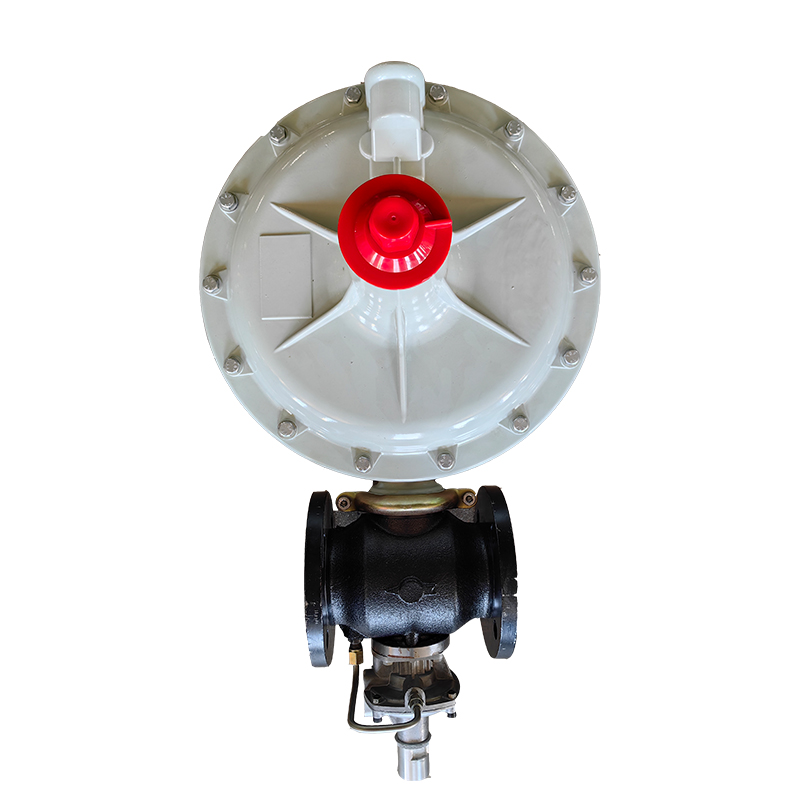
Aug . 08, 2024 05:10
Back to list
Innovative Solutions for Efficient Operation of Pressure Reduction Devices in Various Applications
Understanding Pressure Reducing Devices Functionality and Importance
Pressure reducing devices are essential components in various industrial and domestic applications where control of fluid pressure is crucial. These devices serve to lower the pressure of a fluid coming from a high-pressure source, thereby ensuring safe and efficient operation of systems. As industries evolve, the complexity of processes requiring precise pressure settings has increased, which highlights the importance of pressure reducing devices.
What is a Pressure Reducing Device?
A pressure reducing device, often referred to as a pressure regulator, is designed to automatically control and maintain a set output pressure, regardless of fluctuations in the inlet pressure. These devices are used in a range of sectors, including oil and gas, water treatment, pneumatic applications, and even residential services like natural gas distribution.
How Does It Work?
The mechanism behind a pressure reducing device is relatively straightforward. Typically, the device consists of a spring-loaded diaphragm and an adjustable spring tension that sets the desired outlet pressure. When the inlet pressure reaches the regulator, it acts against the diaphragm, which in turn compresses the spring. If the outlet pressure exceeds the set point, the diaphragm moves to close the inlet flow, reducing pressure downstream. Conversely, if the outlet pressure drops, the diaphragm opens to allow more fluid to flow through, thereby stabilizing the output pressure.
Types of Pressure Reducing Devices
1. Mechanical Regulators These include spring-loaded devices where mechanical components govern the pressure control. They are widely used for their reliability and simplicity.
pressure reducing device

2. Electronic Regulators These are equipped with sensors and control systems to provide precise pressure adjustments and can integrate with automated systems. They are particularly useful in applications requiring high accuracy.
3. Back Pressure Regulators These devices maintain a specific pressure upstream of the regulator, often used in processes where downstream pressure must be controlled.
4. Direct-acting vs. Pilot-operated Direct-acting regulators are straightforward devices that adjust based on inlet pressure changes. In contrast, pilot-operated regulators utilize a pilot valve that provides better control and can handle higher flow rates.
Importance of Pressure Reducing Devices
Pressure reducing devices play a critical role in safety and efficiency across various applications. High-pressure fluids can be hazardous, leading to equipment failure or explosions if not adequately controlled. By maintaining optimal pressure levels, these devices help prevent accidents and prolong the lifespan of equipment.
In industrial processes, maintaining the correct pressure is vital for quality control. For example, in chemical manufacturing, variations in pressure can alter reaction rates, potentially compromising product quality. Similarly, in gas distribution, accurate pressure regulation ensures safe delivery of gas to residential and commercial users.
Conclusion
In a world where precision and safety are paramount, pressure reducing devices are indispensable. They not only protect equipment and personnel from the dangers of high pressure but also ensure the smooth operation of diverse systems. As industries continue to innovate, the development of advanced pressure regulating technologies will likely enhance efficiency and safety even further, making these devices more crucial than ever. Investing in high-quality pressure reducing devices is, therefore, a wise choice for any operation that relies on controlled pressure systems. As we move towards more automated and interconnected systems, the role of these devices will only expand, proving their value in modern engineering and technology.
Latest news
-
Safety Valve Spring-Loaded Design Overpressure ProtectionNewsJul.25,2025
-
Precision Voltage Regulator AC5 Accuracy Grade PerformanceNewsJul.25,2025
-
Natural Gas Pressure Regulating Skid Industrial Pipeline ApplicationsNewsJul.25,2025
-
Natural Gas Filter Stainless Steel Mesh Element DesignNewsJul.25,2025
-
Gas Pressure Regulator Valve Direct-Acting Spring-Loaded DesignNewsJul.25,2025
-
Decompression Equipment Multi-Stage Heat Exchange System DesignNewsJul.25,2025

